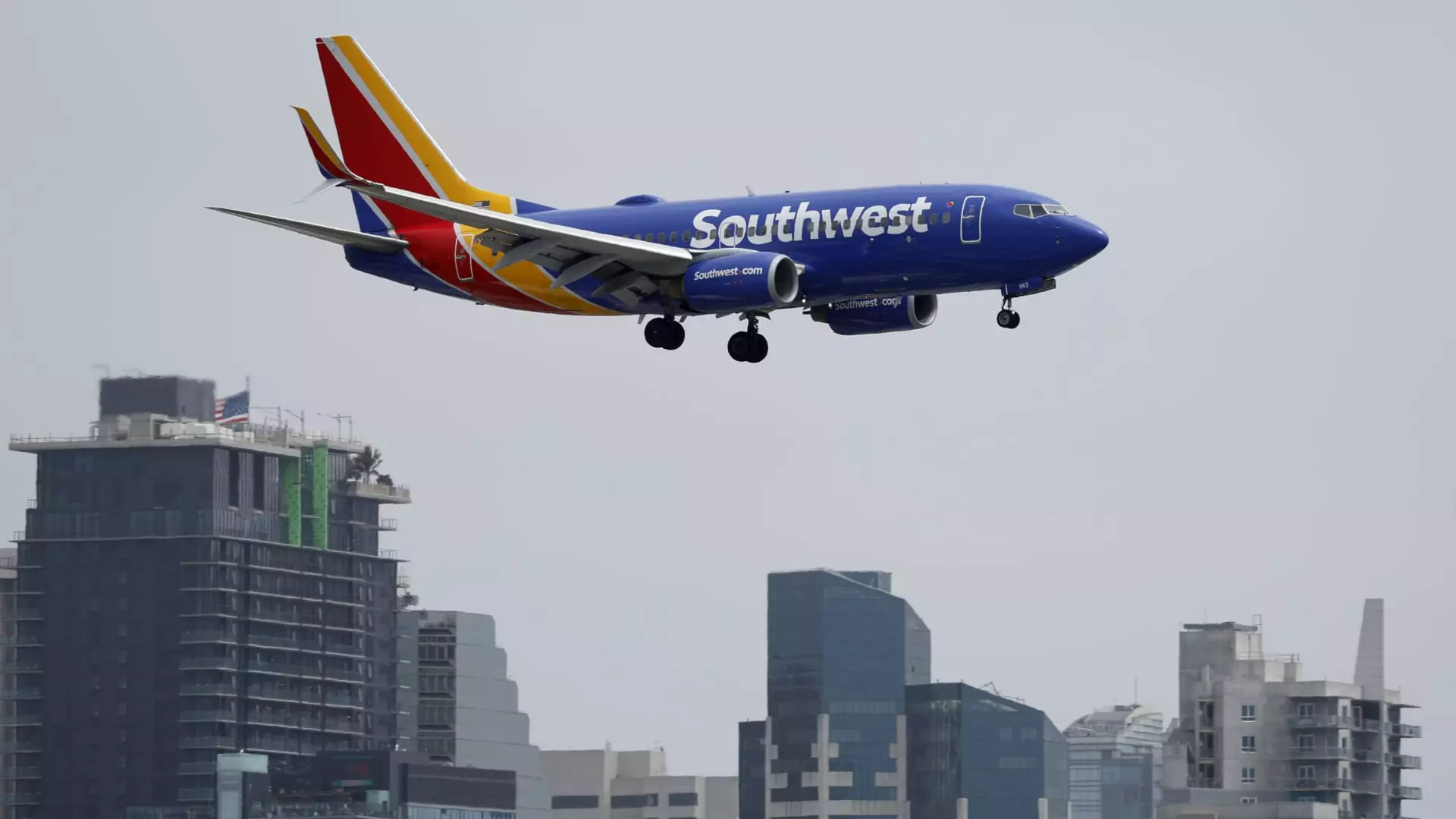Adapting to Change: Southwest Airlines’ Strategic Shift Amidst Pressures

In the ever-evolving aviation industry, airlines are constantly under pressure to innovate and optimize their business models. Recently, Southwest Airlines has come under scrutiny from Elliott Investment Management, which is advocating for substantial changes within the company’s leadership and operational strategies. This pressure serves as a wake-up call for the airline, pushing it to reevaluate its existing practices and seek improvements aimed at enhancing profitability.
In response to increased competition and rising operational costs, Southwest Airlines is implementing significant adjustments to its traditional business approach, which has stood the test of time for over fifty years. The airline, known for its distinctive open seating policy, is transitioning to assigned seating, a move that many industry experts view as essential for maximizing revenue. This change allows the airline to better segment its market by offering more premium seating options, including those with increased legroom at higher fares.
Moreover, the introduction of red-eye flights is another innovative strategy aimed at attracting a broader range of travelers, particularly those looking for cost-effective travel options during off-peak hours. By tapping into these new segments, Southwest is attempting to diversify its income streams and absorb the financial pressures that have been building up in recent months.
In addition to revising its seating arrangements, Southwest Airlines is leveraging technology to position itself favorably in an increasingly digital-driven market. By enabling its flights to be listed on popular platforms such as Google Flights and Kayak, the airline is enhancing its visibility to potential customers. Coupled with targeted marketing initiatives aimed at younger demographics, Southwest appears to be taking the necessary steps to modernize its image and attract a fresh generation of travelers.
Chief Operating Officer Andrew Watterson acknowledged the company’s need for further network changes to bolster profitability. Despite the current shift in strategy, he made it clear that unlike what may be feared by some, station closures are not on the horizon. This reassurance is vital for employees who may be anxious about their job security amid these ongoing changes.
As Southwest prepares to unveil a revised flight schedule, it is clear that the airline is not resting on its achievements. Plans for upcoming updates will likely be presented during an investor day event, where stakeholders will gain deeper insight into the company’s strategic vision. The airline’s proactive approach includes assessing its footprint in various cities, aligning its services with routes that demonstrate higher profit margins, similar to the adjustments made by competitors like JetBlue.
In light of Elliott’s critiques surrounding management’s effectiveness, Southwest’s executive chairman, Gary Kelly, has announced his intended resignation following the next shareholder meeting. This leadership change could potentially pave the way for a revamped strategy that better addresses profitability concerns and operational efficiency.
Southwest Airlines is embarking on a significant transformation to adapt to a marketplace characterized by fierce competition and evolving consumer expectations. By embracing innovative seating policies, integrating technology, targeting new demographics, and considering network adjustments, the airline is poised to navigate through its challenges and advance towards a healthier financial future. The ability to evolve in an intensely competitive landscape will be critical for Southwest as it seeks to maintain its position as a leader in the aviation industry.





